Scroll down the page to discover the different layers of the Cliterate model. Click on the labels to reveal further information about each anatomical element.

The Model uncovered
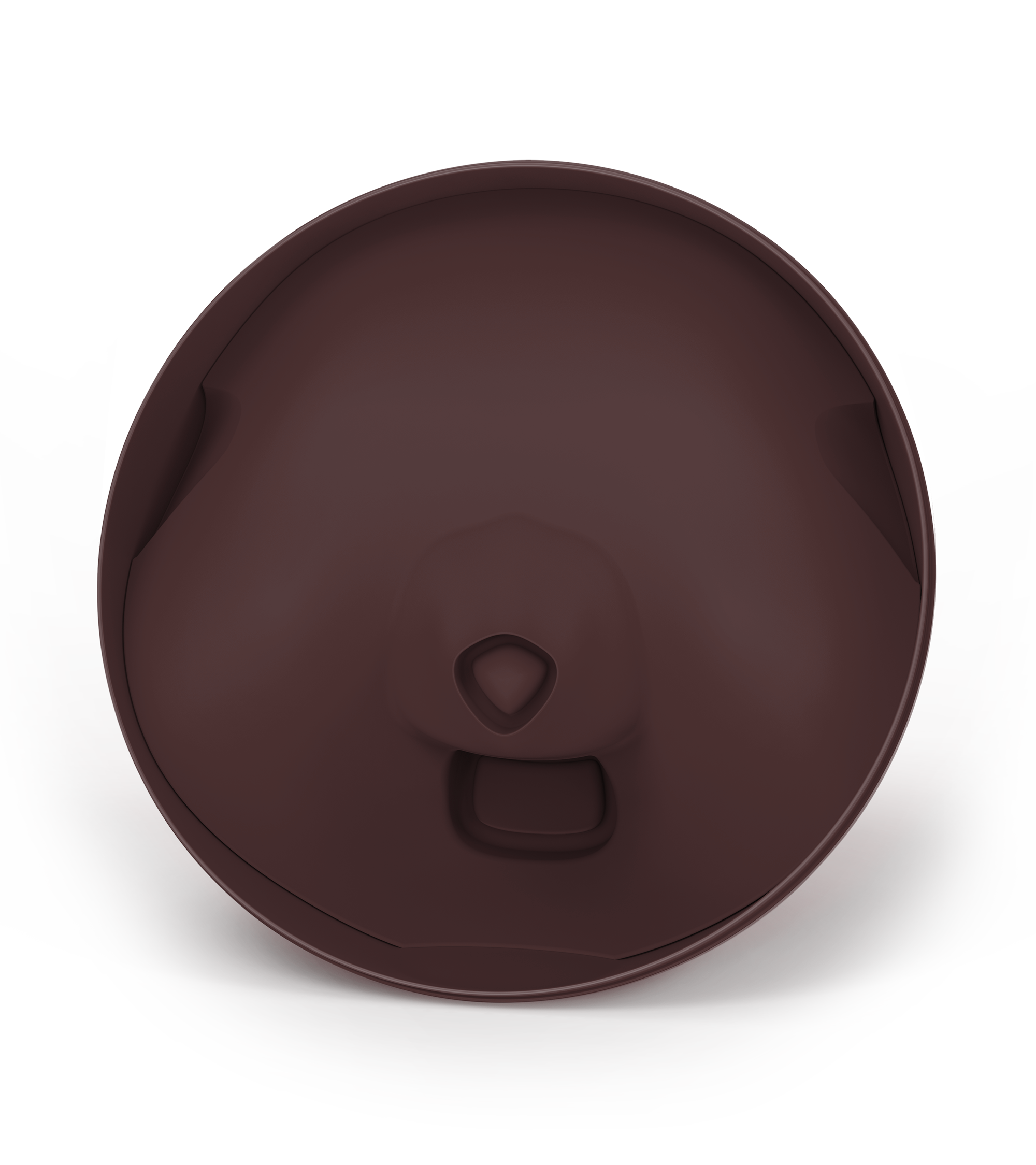
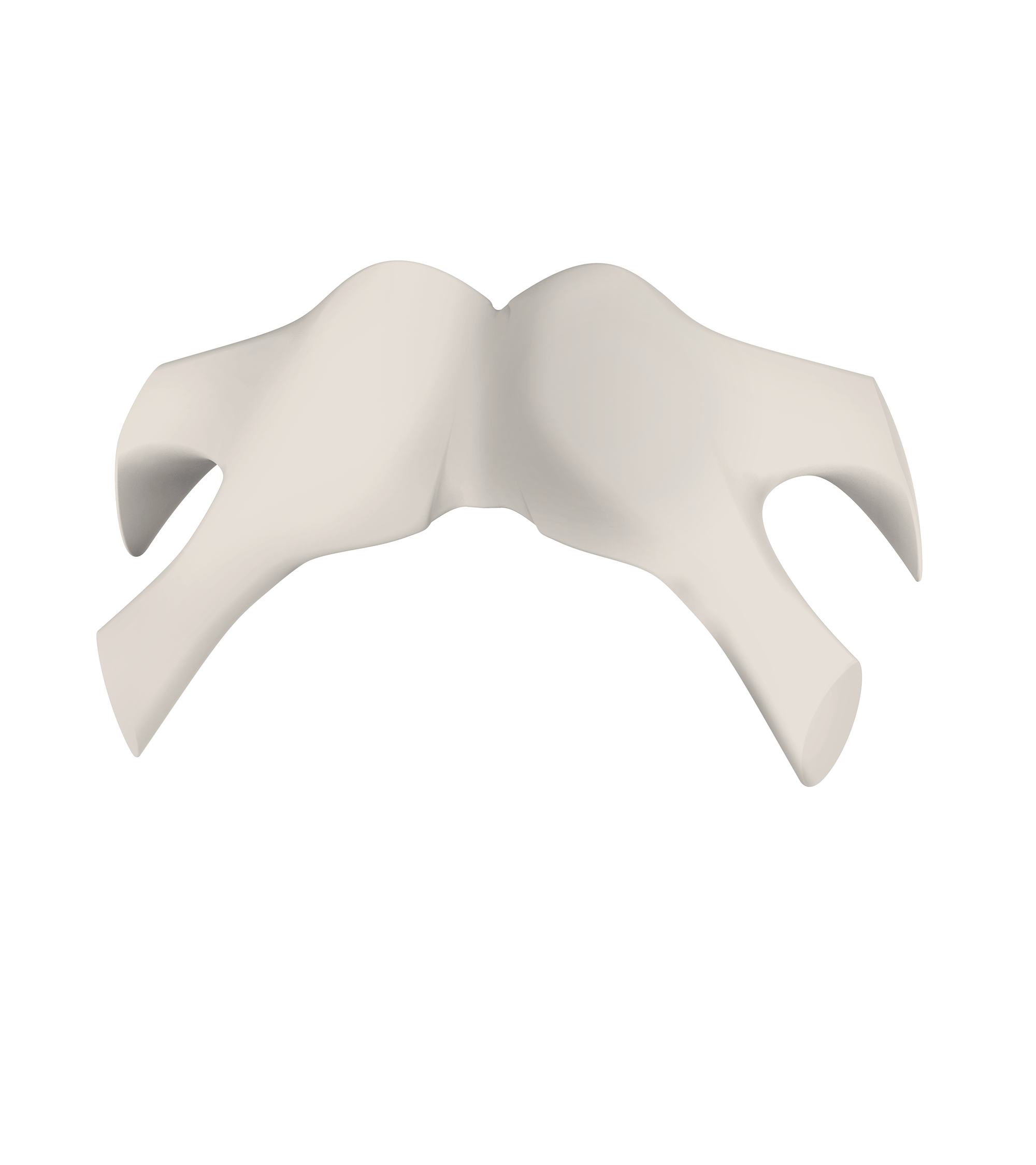

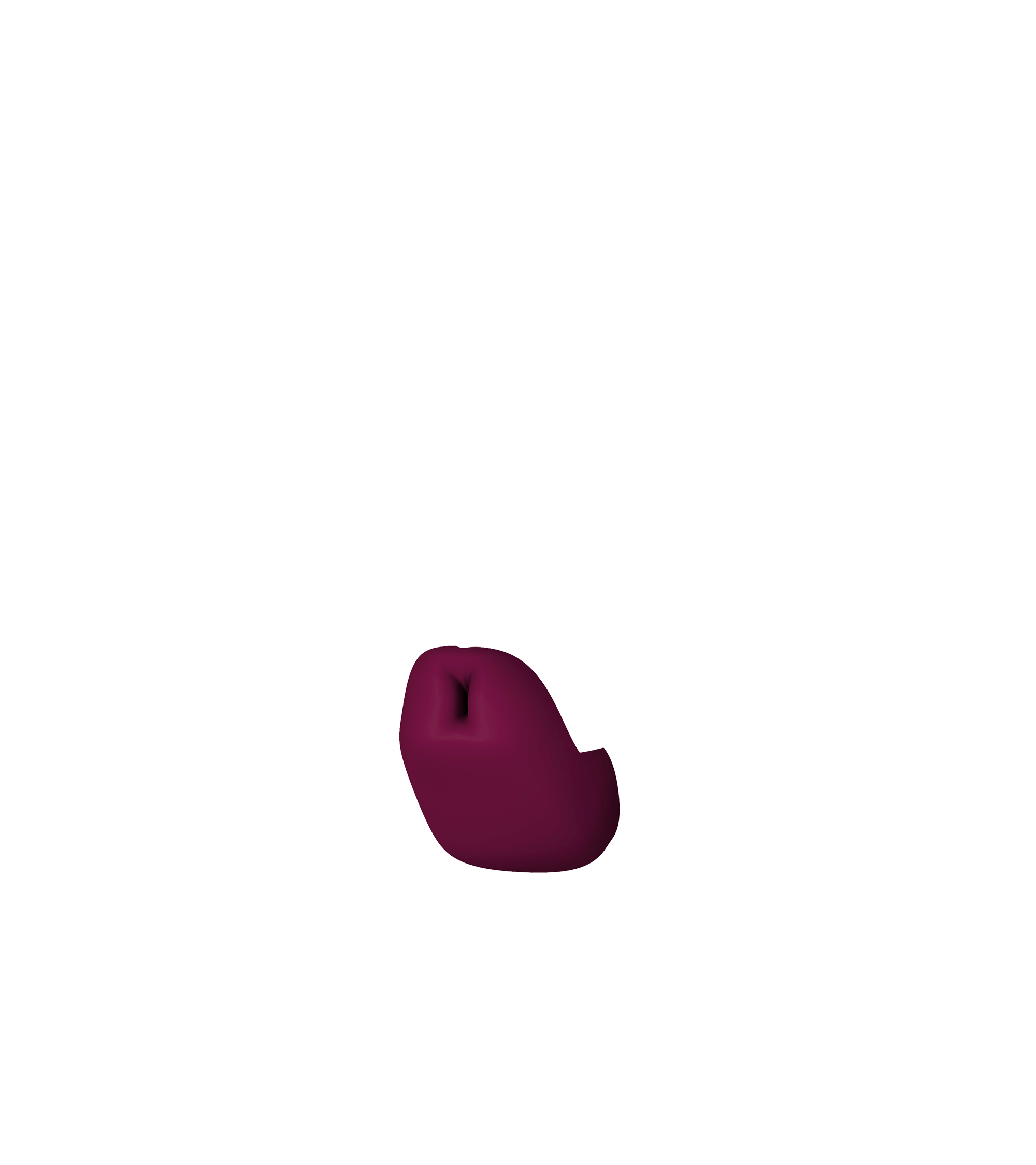
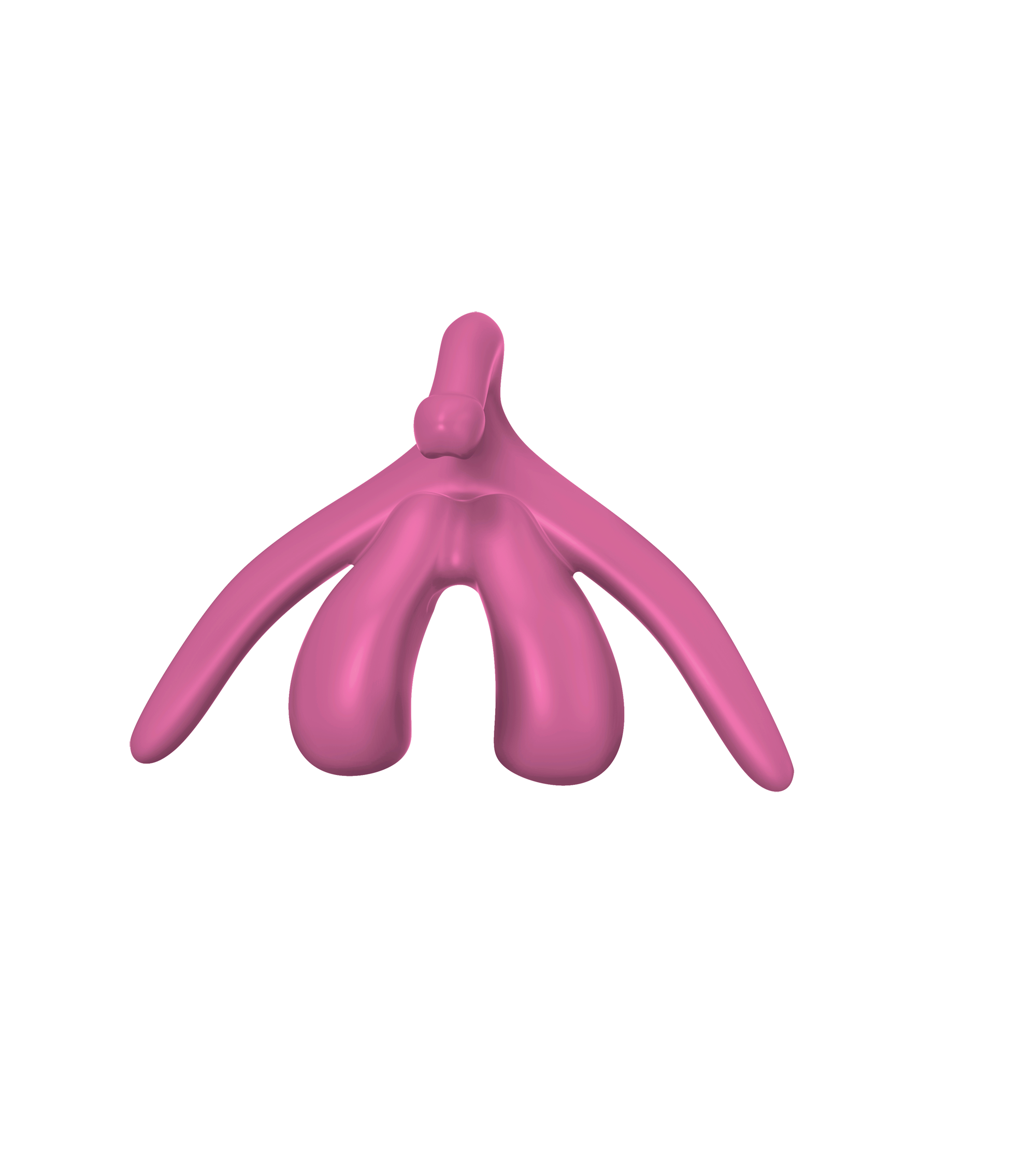
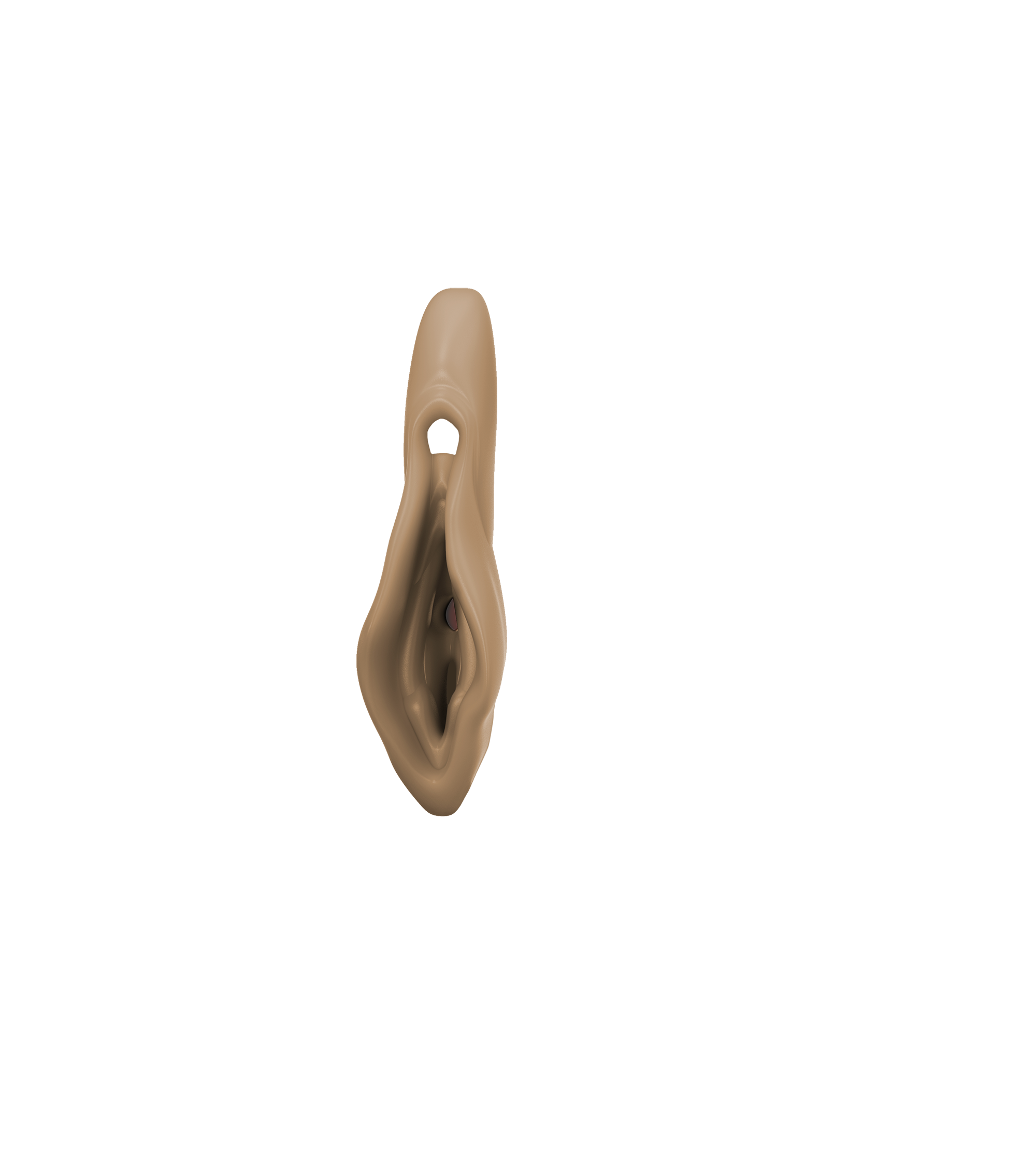
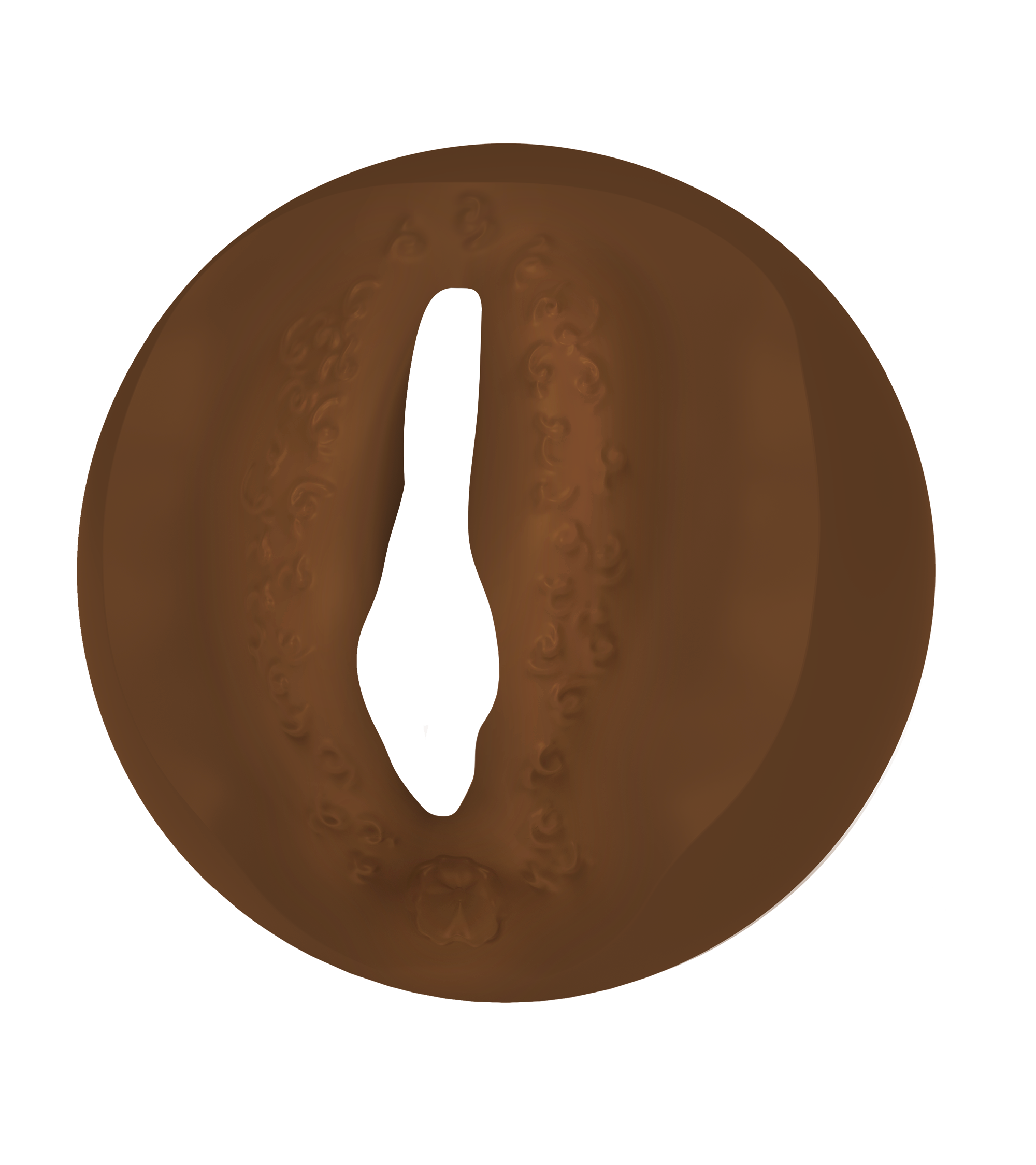
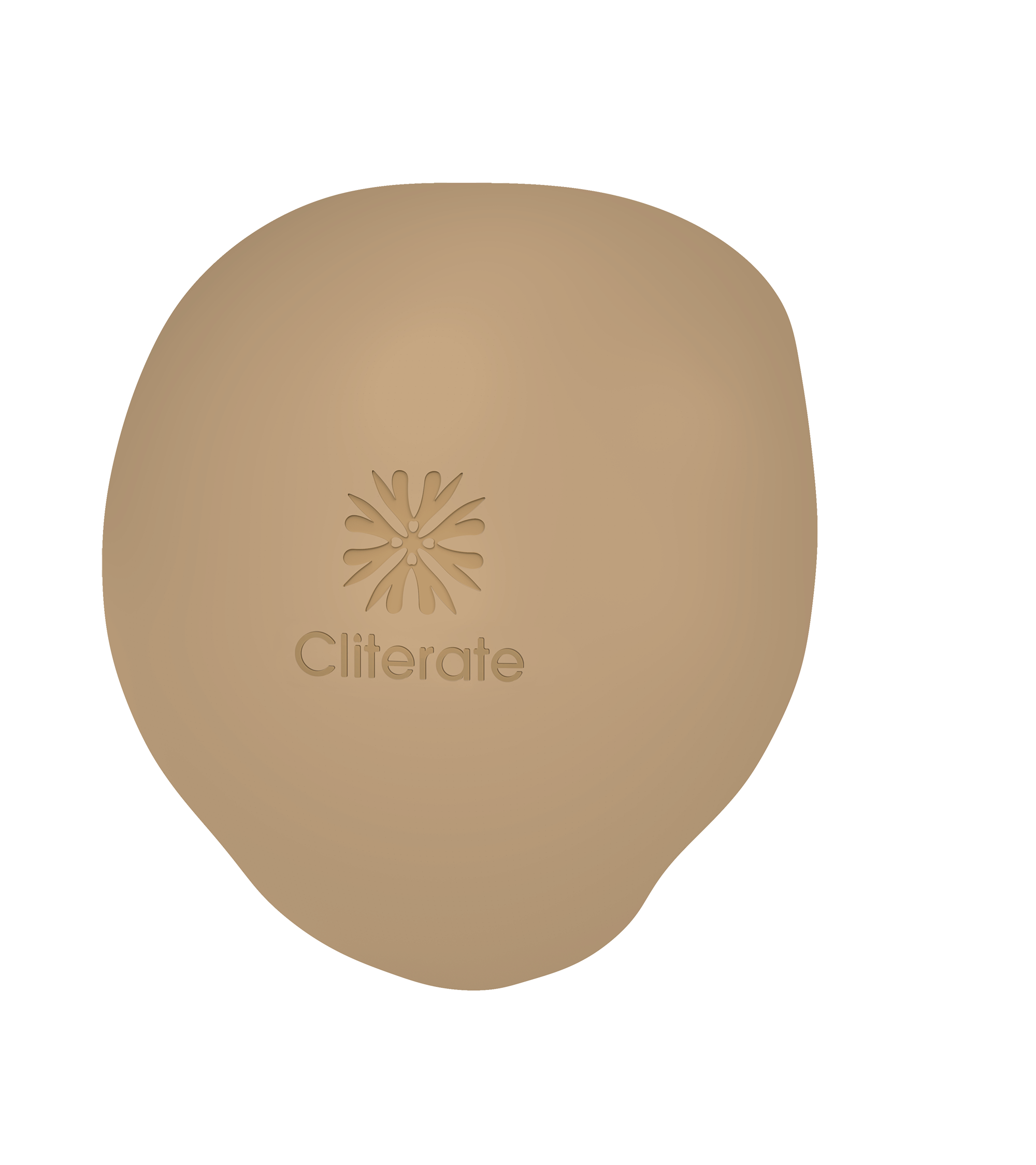
Further cliterature
Erectile tissue is present in body, crura and bulbs of the clitoris but not in the glans.
The body of the clitoris is surrounded by ligaments. When engorged with blood, the clitoris body and glans do not lift up like a penis.
The stimulation of nerves (via the psychogenic or reflex pathway) causes a surge of blood flow to the clitoris. This engorgement of blood causes the clitoris to expand (a bit like a balloon). Watch video here for more info.
Psychogenic pathway: Engorgement that is directed from the brain, i.e. you see, smell, hear something that stimulates a sexual response.
Reflex arc pathway: Engorgement that happens when you are touched in the genital area. The response is not under voluntary control and is not linked to consent or enjoyment. (Sexual non-concordance).
Did you know? During sexual arousal there is an increase in blood flow and this increased pressure is thought to course seepage of moisture (lubrication) within the walls of the vagina. (Note lubrication does not equal consent, it’s the body automatic reaction to being touched).
Did you know?
-
The urethra varies in length from person to person.
-
Urinating after intercourse helps prevents urinary tract infections.
-
Did you know? In people with vulvas, the pelvic bone is generally wider and shallower which is thought to be an adaption to facilitate childbirth.








Choosing the colours for the Cliterate Model
Choosing the colours for the Cliterate model was a thoughtful and collaborative process. We aimed to select colours that clearly highlight vulva anatomy and support learning for all bodies and minds.
During testing, we tried both blue and grey-toned models. Feedback from neurodiverse individuals and those with varying abilities showed that these colours didn’t work well. For example, many associated blue with male (maybe penis, or something like gendered anatomy colours) anatomy, making the learning confusing.
We turned to resources like *The International Cliteratti and the Labia Library to guide our decision. We saw that most medical models used "white" skin tones, which didn’t represent the diversity of the communities we serve. This led us to choose darker tones for the external vulva parts.
Rather than focusing on "anatomically correct" colours, we used contrasting tones and shapes to make the model relatable to as many people as possible. As we continue to design more components, we will celebrate the diversity of bodies, genders, sexualities, cultural backgrounds and abilities, ensuring our resources reflect the world in which we live.
*The International Cliteratti is a global group of professionals in healthcare, research, and vulva model design. Read more about them here.